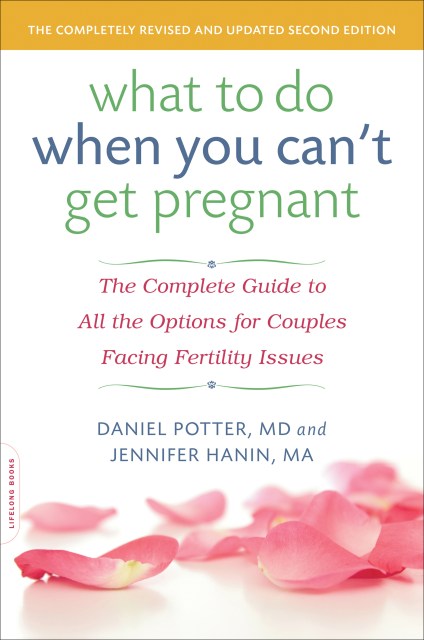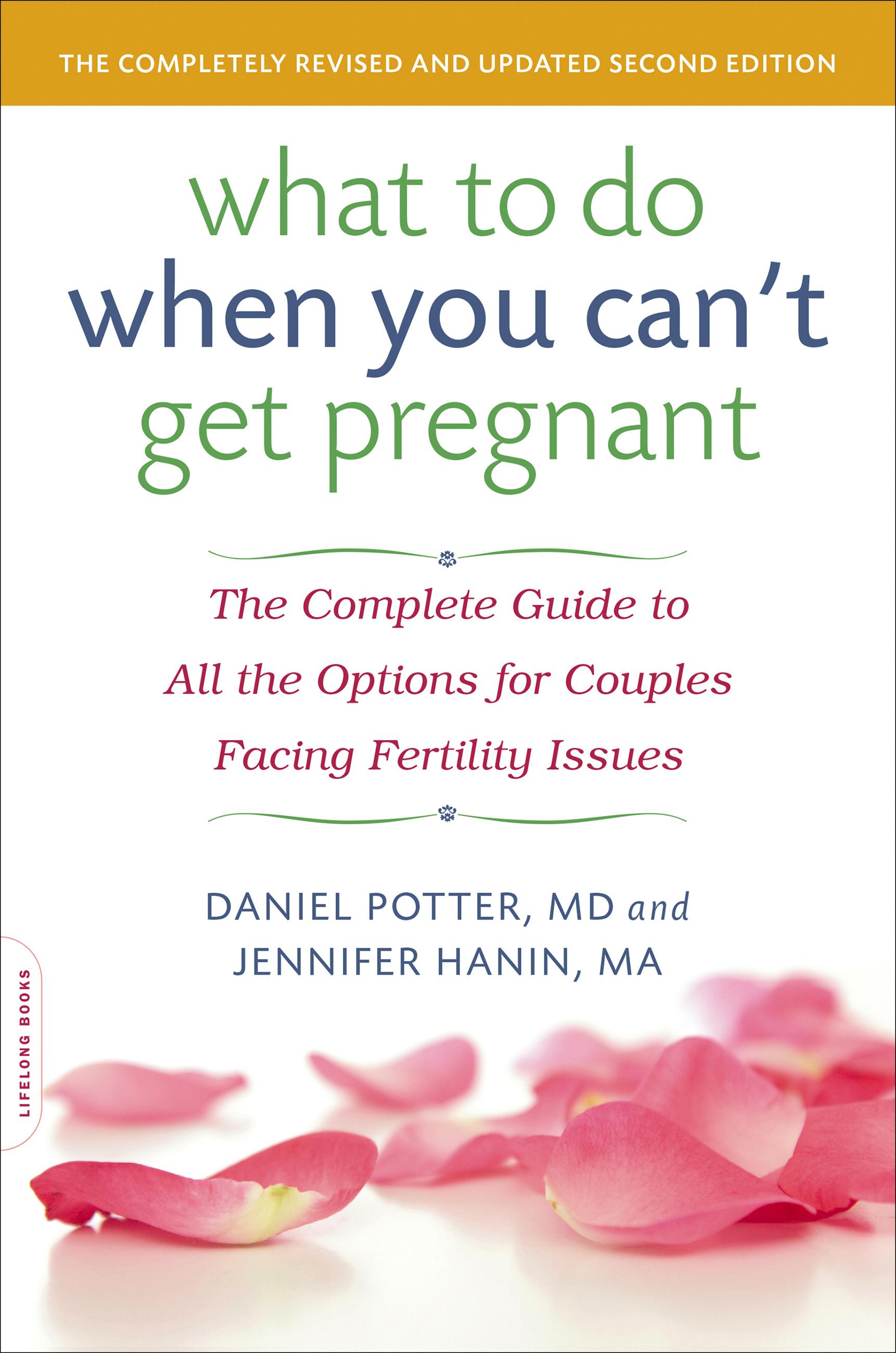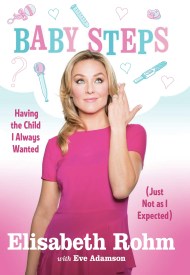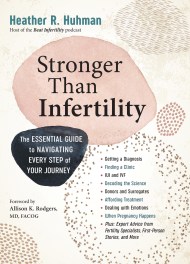Promotion
Use code MOM24 for 20% off site wide + free shipping over $45
What to Do When You Can't Get Pregnant
The Complete Guide to All the Options for Couples Facing Fertility Issues
Contributors
By Jennifer Hanin
Formats and Prices
Price
$21.99Price
$28.99 CADFormat
Format:
- Trade Paperback $21.99 $28.99 CAD
- ebook $12.99 $16.99 CAD
This item is a preorder. Your payment method will be charged immediately, and the product is expected to ship on or around November 26, 2013. This date is subject to change due to shipping delays beyond our control.
Also available from:
The complete guide to all the options for couples facing fertility issues, now revised and updated
Newsweek praised What to Do When You Can’t Get Pregnant for guiding readers through “the medical maze” of infertility treatments. In this completely revised and updated edition, world renowned fertility expert Dr. Daniel A. Potter and journalist Jennifer Hanin have revised their step-by-step guide to walk readers through their best options for conception and birth. Updates include:
Advances in natural products for women
New supplements, medications, and treatment protocols
Advice from leading experts on all areas of infertility treatment
The latest in egg freezing, vitrification, gender selection, and genetic testing
The future of IVF and reproductive medicine
Drawing on the latest science, Potter and Hanin offer sound advice for choosing the right doctor, asking the right questions, and living a healthy, fertile lifestyle. Complete with advice on how to handle the frustrations of not being able to conceive, What to Do When You Can’t Get Pregnant remains a couple’s best guide to making informed decisions about fertility issues.
Newsweek praised What to Do When You Can’t Get Pregnant for guiding readers through “the medical maze” of infertility treatments. In this completely revised and updated edition, world renowned fertility expert Dr. Daniel A. Potter and journalist Jennifer Hanin have revised their step-by-step guide to walk readers through their best options for conception and birth. Updates include:
Advances in natural products for women
New supplements, medications, and treatment protocols
Advice from leading experts on all areas of infertility treatment
The latest in egg freezing, vitrification, gender selection, and genetic testing
The future of IVF and reproductive medicine
Drawing on the latest science, Potter and Hanin offer sound advice for choosing the right doctor, asking the right questions, and living a healthy, fertile lifestyle. Complete with advice on how to handle the frustrations of not being able to conceive, What to Do When You Can’t Get Pregnant remains a couple’s best guide to making informed decisions about fertility issues.
Genre:
-
InfoDad.com, 12/26/2013
“An exceptionally wide-ranging and mostly approachably written guide to fertility issues and what to do about them…Enormously helpful.”
BookViews blog, 12/31/2013
“For those couples dealing with the issue, they will take comfort in known they are not isolated and without direction in facing their problem.”
- On Sale
- Nov 26, 2013
- Page Count
- 352 pages
- Publisher
- Da Capo Lifelong Books
- ISBN-13
- 9780738216911
Newsletter Signup
By clicking ‘Sign Up,’ I acknowledge that I have read and agree to Hachette Book Group’s Privacy Policy and Terms of Use







